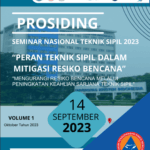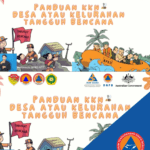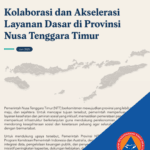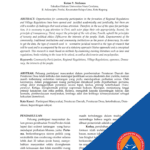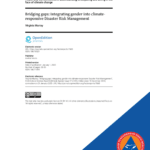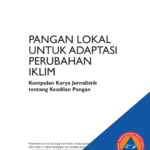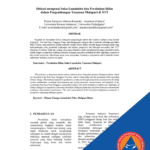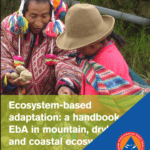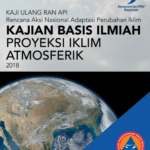Mapping groundwater potential zone using groundwater potentiality index in Sulamu, Central Fatuleu and West Fatuleu, Kupang, East Nusa Tenggara
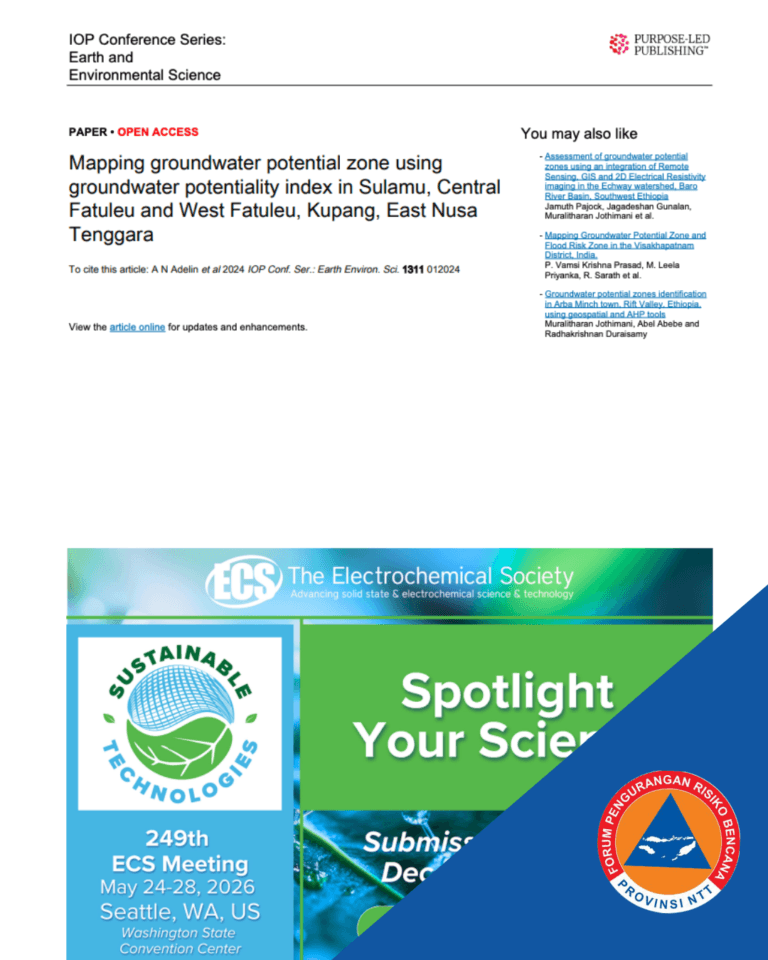
Deskripsi:
Water scarcity is a significant and recurring problem in Kupang Regency, East Nusa Tenggara (NTT), an area characterized by a semi-arid climate where the dry season often lasts 7–9 months. This prolonged drought severely limits surface water availability during the dry season, thereby making groundwater a critical and reliable solution for fulfilling the community’s water demands from springs and production wells for domestic, agricultural, and industrial purposes. The study focuses on mapping the groundwater potential zones (GPZ) in Sulamu, Central Fatuleu, and West Fatuleu, Kupang, an essential task that had not been conducted previously in the region. Given that the study area is hydrogeologically dominated by non-exploitable groundwater regions, primarily due to non-permeable outcrops consisting of hard sedimentary rocks, metamorphic, and igneous rocks—such as the fragmented claystone of the Bobonaro Complex and the schist of the Mutis Complex—identifying potential zones is crucial for groundwater resource development. The research utilized the Groundwater Potentiality Index (GPI) method, which employs five integrated parameters: fracture, lithology, topography, drainage, and rainfall.

